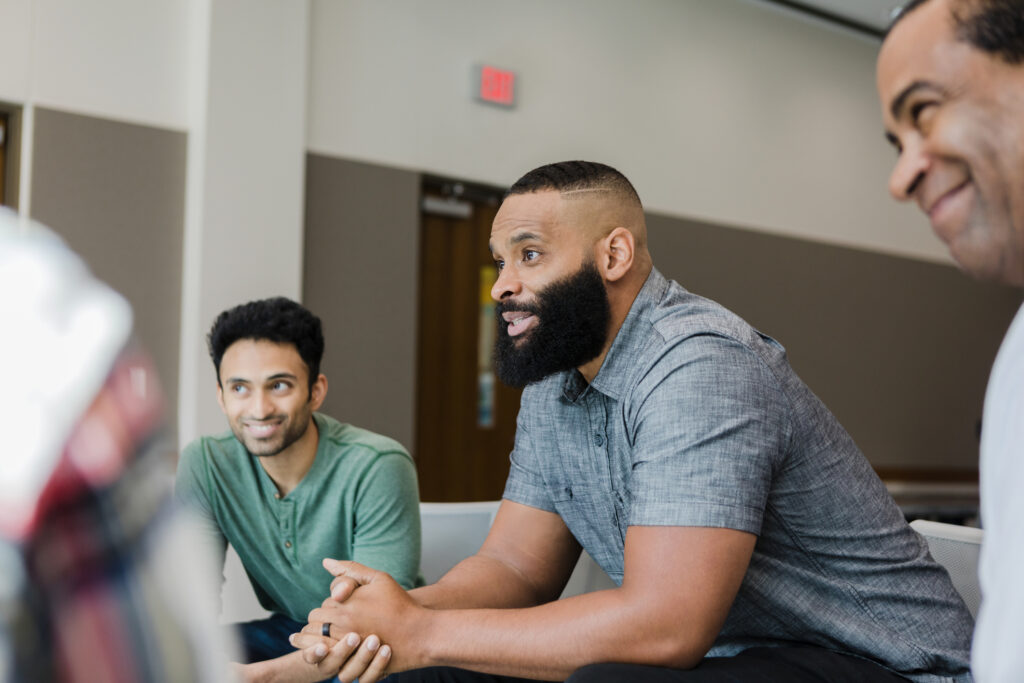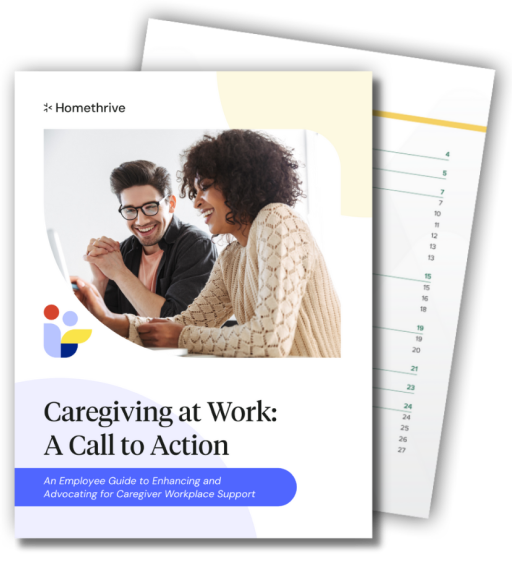If you tour a college campus or attend a new student orientation, you’ll hear a lot about the importance of student clubs and activities. Students are encouraged to join clubs and activities to make friends, increase their sense of belonging, discover new interests, and gain networking opportunities.
It turns out the same is true for faculty and staff. Affinity groups help college faculty and staff in many of the same ways, in addition to having benefits for the university or college itself.
What is an Affinity Group?
An affinity group is a group of faculty and staff linked by a common interest or identity. On some campuses, affinity groups are affiliated with, and can receive funding or other support from, the campus office responsible for DEI. Some affinity groups also welcome students. This is often true for groups with a smaller population, or groups that directly relate to the student experience. For example, first generation college students.
How do Affinity Groups Help Faculty and Staff
College campuses can be compartmentalized, with employees staying fairly rigidly within their departments, schools, or roles. However, affinity groups are great at helping faculty and staff form connections across these dividing lines.
For example, an affinity group can give two professors who are both working parents a chance to share ideas about both classroom and toddler management. An affinity group can also help a department chair who is new to caregiving for their elderly parent a connection with a different department’s administrative assistant who knows where to find the best discounts on medical supplies or equipment.
These personal connections can help lead to professional collaboration and help provide a collective voice for faculty and staff with common needs.
How Affinity Groups Help the University
Affinity groups benefit the college by supporting community building and providing visibility and practical support to its diversity and inclusion efforts. Affinity groups can also identify and raise concerns that might not otherwise be visible, allowing university employees to do their jobs more effectively.
The Difference Between Affinity Groups and ERGs
In the business world, Employee Resource Groups (ERGs) support employees and foster diverse and inclusive workplaces. Many organizations have both ERGs and affinity groups. ERGs evolved out of affinity groups. Both kinds of groups are voluntary, employee-led, and organized around shared cultural or social identities or interests. However, ERGs are tied to business goals and are usually larger, with a more formal structure. Affinity groups tend to be more personal, with less organizational support.
Examples of Affinity Groups
Affinity groups are often organized around cultural identities or interests. Common examples of affinity groups found on college campuses include those based on race or religion (African-American, Asian and Pacific Islander, Latino/Hispanic, Jewish, Muslim, etc.). Those based on gender, gender identity, or sexuality (women in science, LGBTQ+, etc) and those based around life circumstances (working parents, caregivers, older workers, younger workers, disabled workers, etc.).
Many universities may also have affinity groups based around specific fields of study. Some campus affinity groups welcome both faculty and staff and students, while others have separate groups for each.
Caregiving Affinity Groups
One example of an affinity group that may help college faculty and staff is a caregiving affinity group. This group can help anyone that is currently caring for someone due to age, disability, or medical diagnosis, and provide a place to discuss resources and find emotional support and understanding. A group like this would be especially valuable for members of the sandwich generation, who may be taking care of both aging parents and children under the age of 18.
How to Start an Affinity Group
Different schools have different rules for how to become an officially recognized affinity group. However, there are some basic guidelines and steps that anyone should follow.
-
- Find two to three people who share your desire to start an affinity group. College campuses cannot give out information about employees’ status (race, religion, etc.) so in most cases your group will start with people you already know.
-
- Make sure the group, or a version of it, does not already exist.
-
- Define the purpose of the group.
-
- Identify leadership for the group.
-
- Check with your campus about any requirements to become an officially designated group. If you are not sure who to ask, check with Human Resources or any diversity related offices. Requirements might include a charter or other document detailing how the group will run.
-
- Begin looking for new members, and encourage members to look for new members.
For university faculty and staff looking to build a community among their peers, starting an affinity group could give you the resources and support you need to flourish in your position.
Find out more ways to support your employee caregivers by learning about the benefits that can help. To receive caregiving benefit insights delivered straight to your inbox, sign up for our weekly newsletter.







